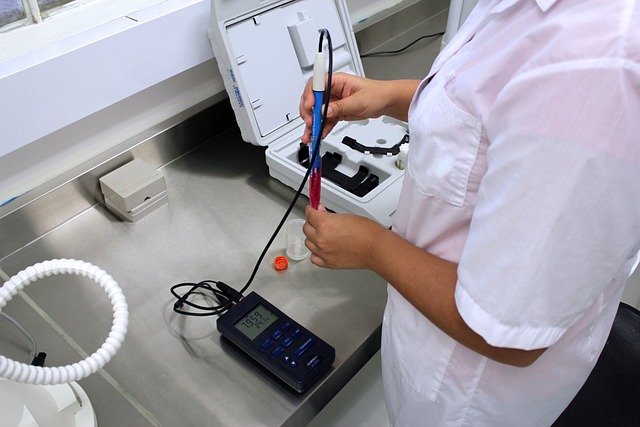Special Considerations
STDs in Specific Populations
Sexually transmitted diseases (STDs) represent a significant public health concern, affecting individuals across diverse demographics. However, the prevalence, manifestation, and consequences of STDs can vary substantially among specific populations. Understanding these differences is crucial for tailoring prevention and treatment strategies that address the unique needs of each group. This section explores the epidemiology of STDs in various populations, including adolescents, men who have sex with men (MSM), women, and individuals living with HIV, highlighting the importance of targeted interventions to reduce transmission rates and improve health outcomes.
Adolescents are particularly vulnerable to STDs, with studies indicating that this age group has the highest incidence rates. Factors contributing to this heightened risk include limited access to sexual health education, social stigma surrounding discussions of sexual health, and a lack of awareness regarding preventive measures such as condom use and vaccination. Educational initiatives that promote open conversations about sexual health, along with increased access to healthcare services, can play a pivotal role in reducing STD rates among youth. Programs that involve parents, schools, and community organizations are essential to foster a supportive environment for adolescents to learn about and engage in safe sexual practices.
Men who have sex with men (MSM) face unique challenges in the context of STDs. This population continues to experience disproportionately high rates of infections such as syphilis, gonorrhea, and HIV. Contributing factors include social stigma, which can lead to isolation from healthcare services, as well as higher rates of multiple sexual partners and substance use. Comprehensive sexual health programs that include regular screening, access to pre-exposure prophylaxis (PrEP), and tailored counseling can help mitigate these risks. Additionally, community-based outreach that emphasizes the importance of regular testing can help normalize conversations about sexual health and encourage responsible behaviors.
Women, particularly those from marginalized communities, are at an increased risk for STDs due to a combination of biological, social, and economic factors. Women are often more susceptible to infections due to anatomical differences, and they may experience more severe health complications from untreated STDs, including infertility and chronic pain. Socioeconomic barriers, such as lack of health insurance or transportation to clinics, further exacerbate their vulnerability. Addressing these disparities requires a multifaceted approach that includes enhancing access to healthcare services, providing culturally competent education, and ensuring that women have the necessary resources to seek preventive care and treatment.
Individuals living with HIV represent another critical population in the context of STDs. Co-infection with other STDs can complicate the management of HIV and increase the risk of transmission. Healthcare providers must prioritize regular screening for STDs among people living with HIV, as early detection and treatment can significantly improve health outcomes. Furthermore, integrating STD prevention strategies within HIV care settings can facilitate a holistic approach to sexual health. Empowering individuals through education about the risks of coinfections and the benefits of consistent condom use can enhance overall well-being and reduce the spread of STDs within this population.


No responses yet